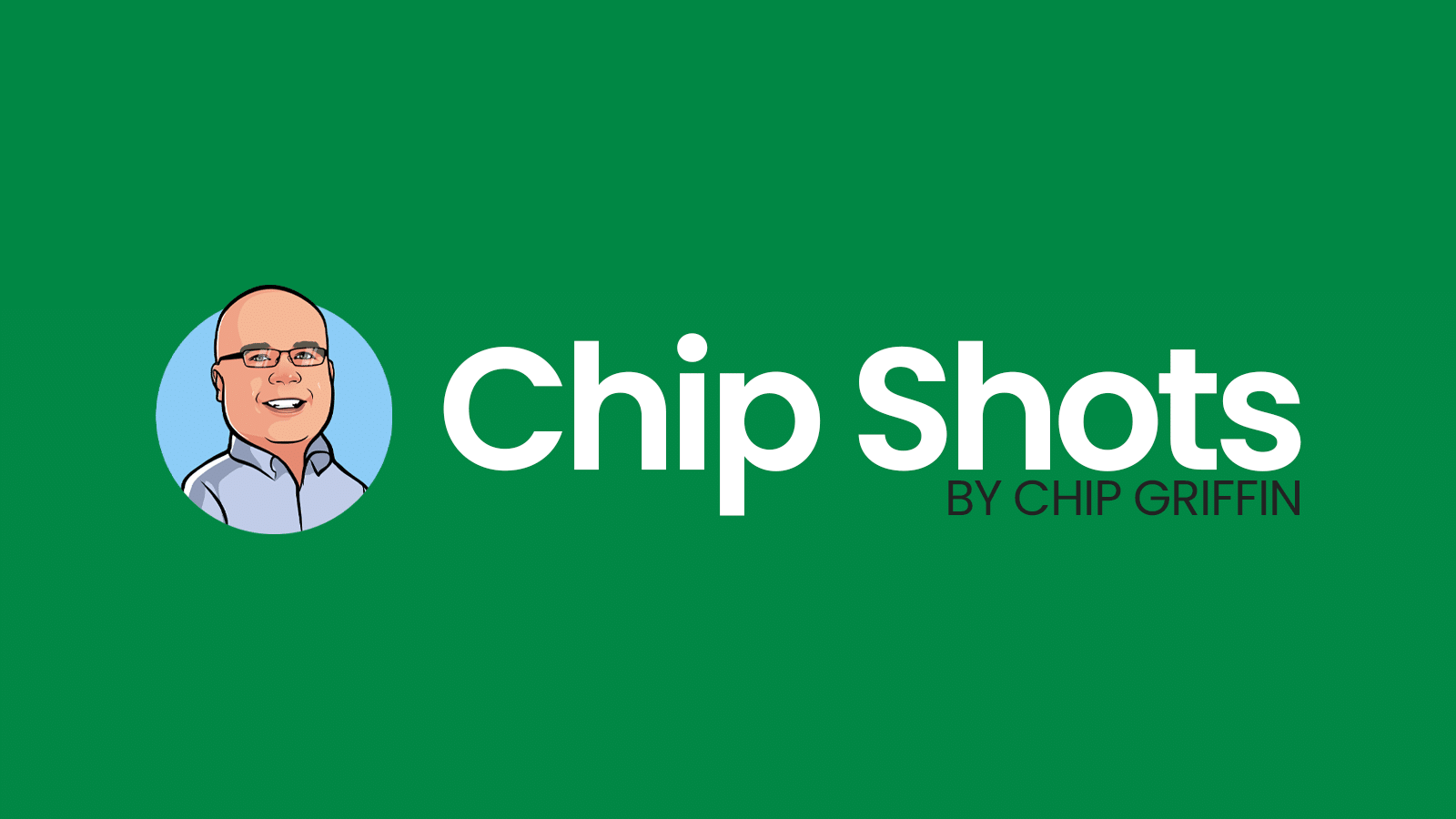The New Media Cocktail: Chapter 3 – User Content Meets Professional Journalism
Below is a chapter from The New Media Cocktail e-book I released last week. Over the course of this holiday week, I will be releasing excerpts of that e-book on this blog. Feel free to download the e-book in its entirety, if you prefer.
The rise of user-generated content in recent years has been quite apparent. No longer are websites completely reliant on paid professionals to create all of the material disseminated to readers, listeners, and viewers. Instead, the audience itself serves as both contributor and consumer.
Sites like Wikipedia exist primarily because of the contributions of individual users who work hard to create informative content. Contributors seem to thrive on the satisfaction of sharing, while consumers obviously benefit from the vast treasure trove of information provided.
Users Help Aggregate Content
Users contribute significantly to the success of countless other web media properties as well. For instance, Digg derives virtually all of its value from the submissions of individual users who recommend content from around the web to highlight interesting stories and items. Although TechMeme uses a different method of aggregation, ultimately it depends on “user” content as well, in that it tracks the habits of individual bloggers to paint a picture of the hot stories in the technology community each day.
Old Media and New Media Converge
 Traditional media organizations have even begun to solicit contributions from “citizen journalists” to incorporate into their existing coverage. A new newspaper was recently launched in Massachusetts called Boston Now. That publication incorporates blog posts in the print edition distributed citywide. In effect, convergence is being practiced wholeheartedly there, with the print and web properties serving almost seamlessly as extensions of each other and blending professional and citizen journalism.
Traditional media organizations have even begun to solicit contributions from “citizen journalists” to incorporate into their existing coverage. A new newspaper was recently launched in Massachusetts called Boston Now. That publication incorporates blog posts in the print edition distributed citywide. In effect, convergence is being practiced wholeheartedly there, with the print and web properties serving almost seamlessly as extensions of each other and blending professional and citizen journalism.
While Boston Now may be at the leading edge of this movement in terms of its focus on convergence, plenty of other news outlets employ lesser versions of the same practice. Many TV stations now solicit photos and video from audience members in order to augment the coverage being provided on-the-air. These prove especially useful in breaking news situations, like the Virginia Tech massacre where we saw cell phone video footage in a near endless-loop or in the case of natural disasters like floods where it may be impractical for a media outlet to capture the best pictures of the damage in a timely fashion without assistance from the public.
The progress in this area goes beyond breaking news. Recently, BusinessWeek picked up a photo posted on Flickr by blogger and social media evangelist Josh Hallett. Apparently an editor discovered it through a Google image search and felt that it would add to a story about new AT&T CEO Randall Stephenson.
Segregation Must End
Despite these advances, too often there remains a firm segregation between user-generated content and professional journalism. In the future, the blending will increase, perhaps to the extent that in the best cases it may be hard to see a bright line. That is not to say that they will become one and the same – that’s simply not possible. There will always be distinctions between what amateurs and professionals do, and there will always be a place for both. But as media properties do a better job of incorporating the two, it will no longer be that one has to go to one section to find professional copy and another to find user submissions.
Ultimately, sound editorial judgment makes the experience most valuable for information consumers. A solid editor can choose from the best user-generated content and professional journalism to enhance the flow of quality information to readers, listeners, and viewers. Why not provide users with the best possible information, regardless of who created it?
The Role of Professional Editing
Good editing can also help overcome some of the shortcomings of aggregation sites like Digg and TechMeme. While both do an admirable job of accomplishing their objectives without the intervention of editors, both could likely improve the value proposition offered to visitors by layering professional editing on top of their algorithms. Ensuring that the content provided always meets the highest standards and expectations of the audience can still be best accomplished by human editors, rather than simple voting or other aggregation algorithms.
The Topix Example
Recently, the local news search/aggregator Topix decided to change the focus of their site from software-selected content to human editors and citizen journalism.
The homepage will become a hub of citizen-generated news (more Netscape.com-like in implementation than Digg), with easy-to-use tools for users to blog/vote stories onto the main and section pages.
Much like before, the site’s focus is on zip-code based local news. Anyone can now submit local news for any U.S. zip code through the site or through mobiles. Participants can also become editors of the local pages.
This example very much demonstrates the convergence between technology, citizen journalism, and professional (or semi-professional) editing.
Download The New Media Cocktail e-book in its entirety.


title
excerpt